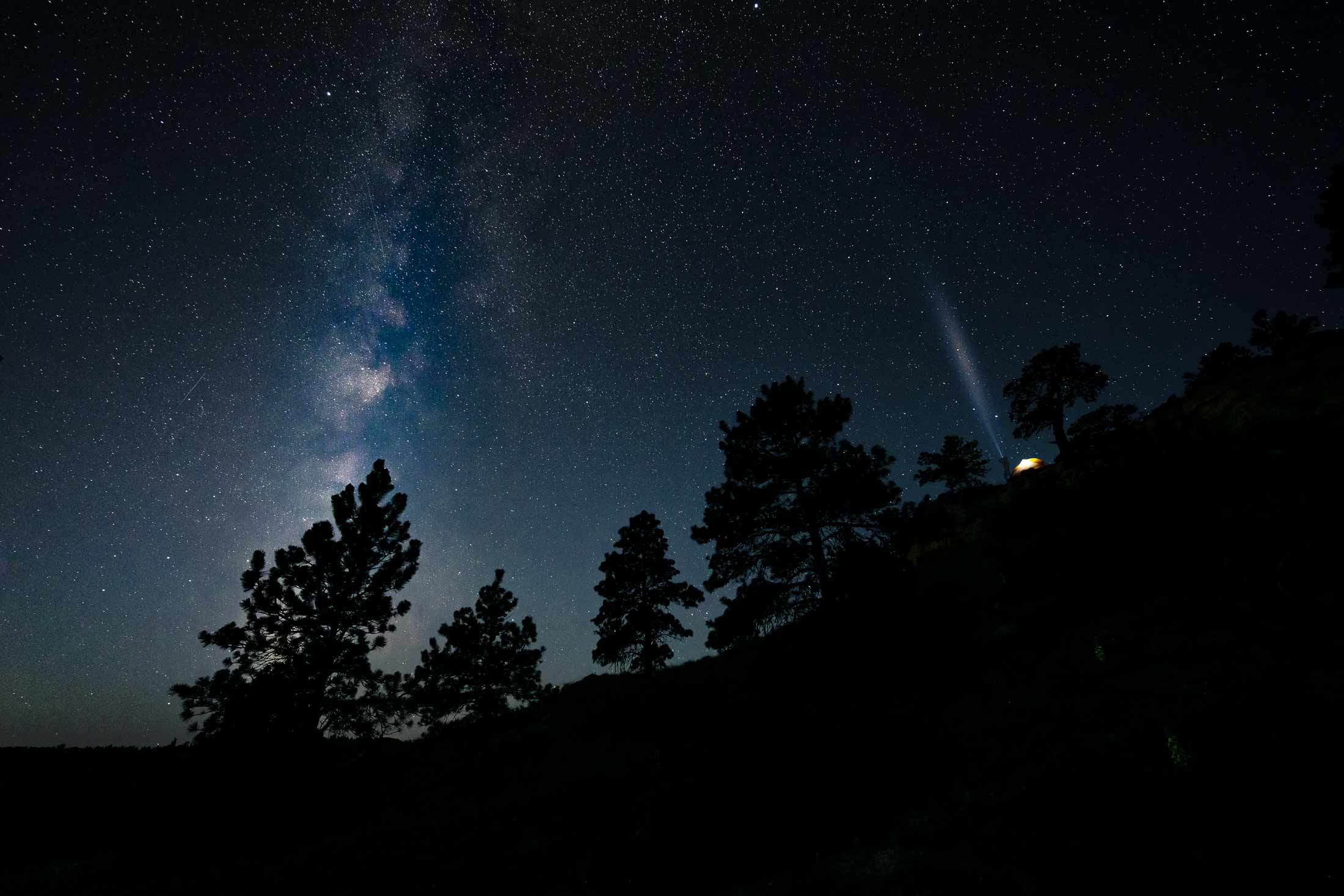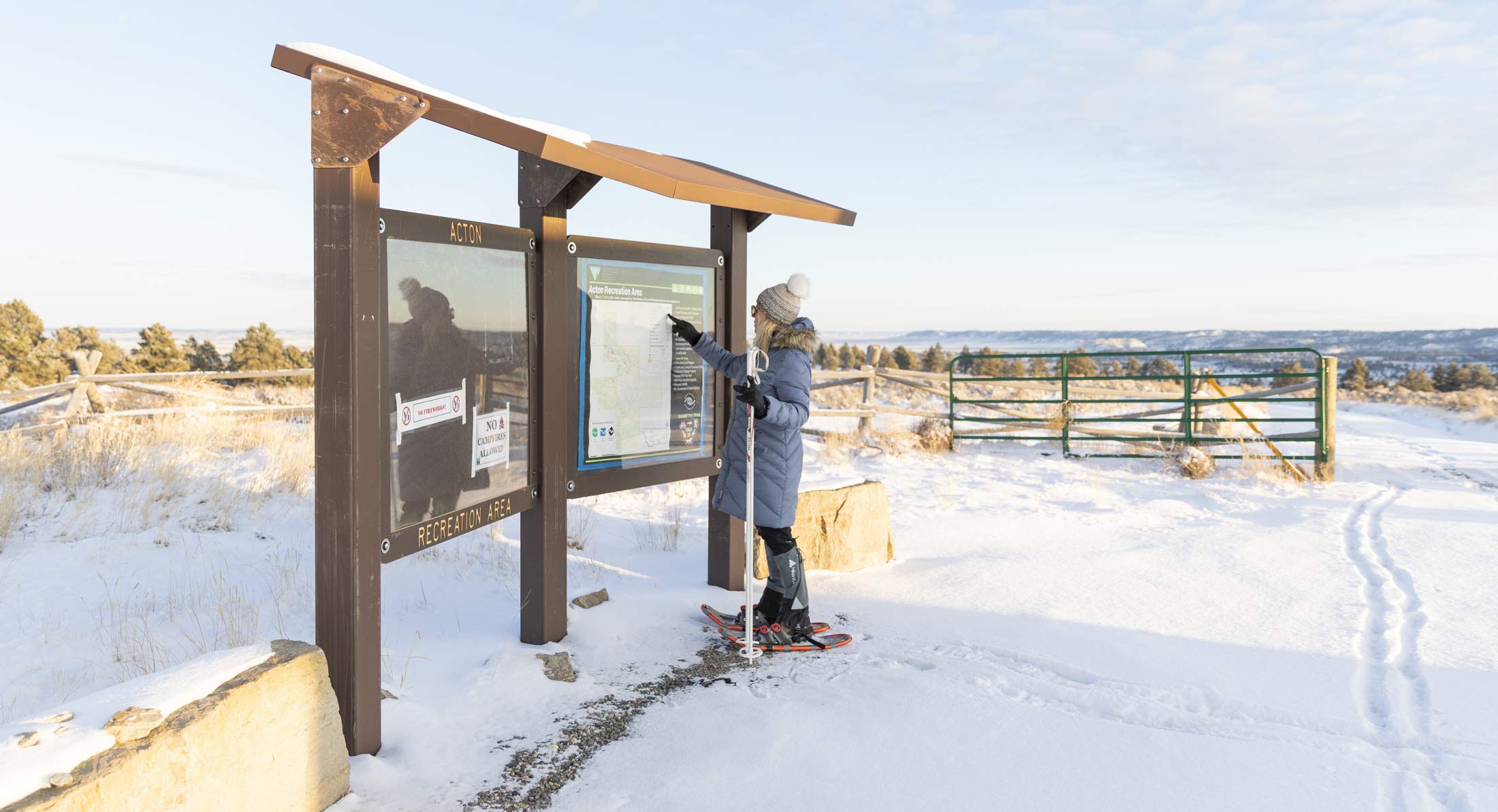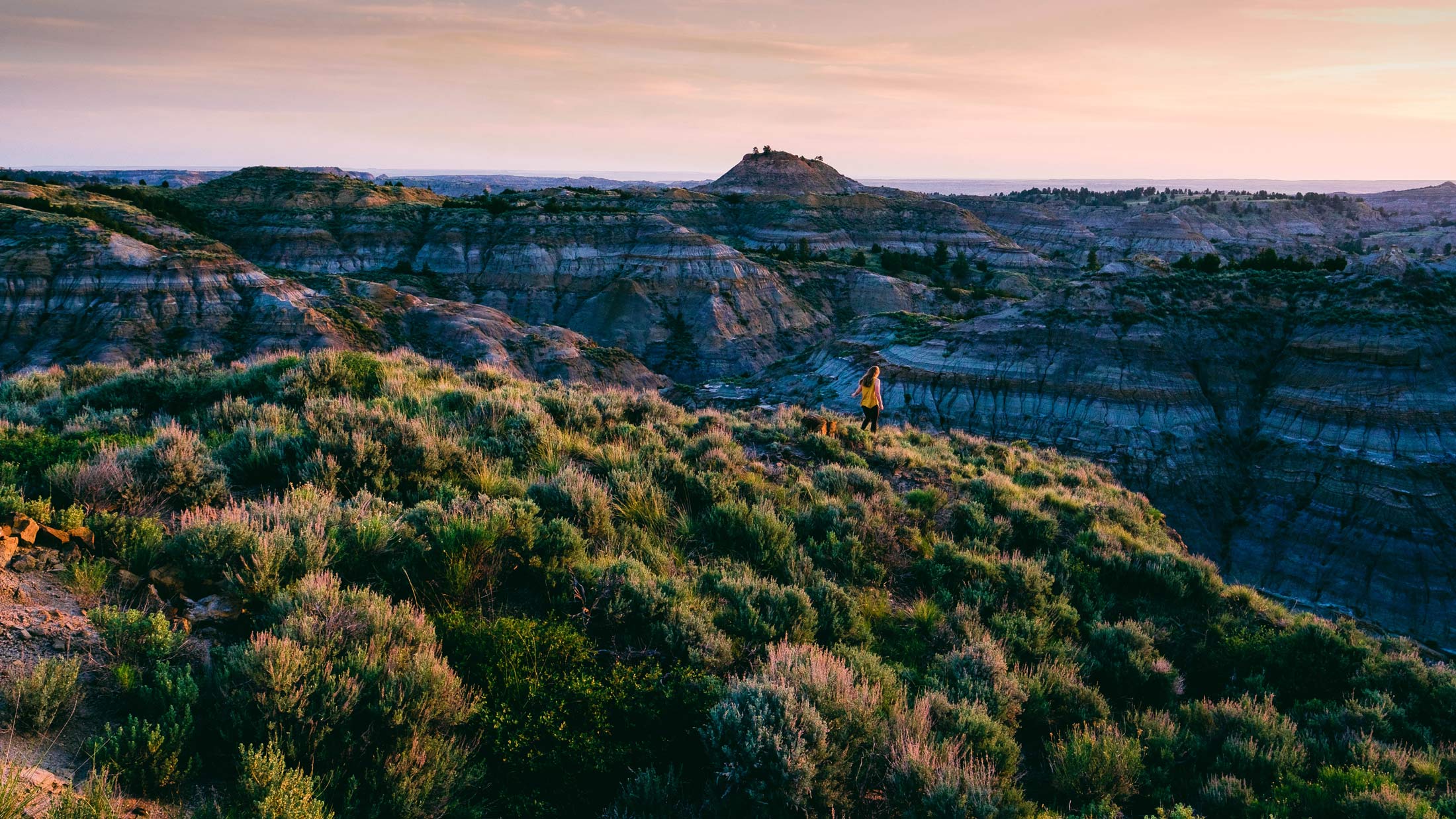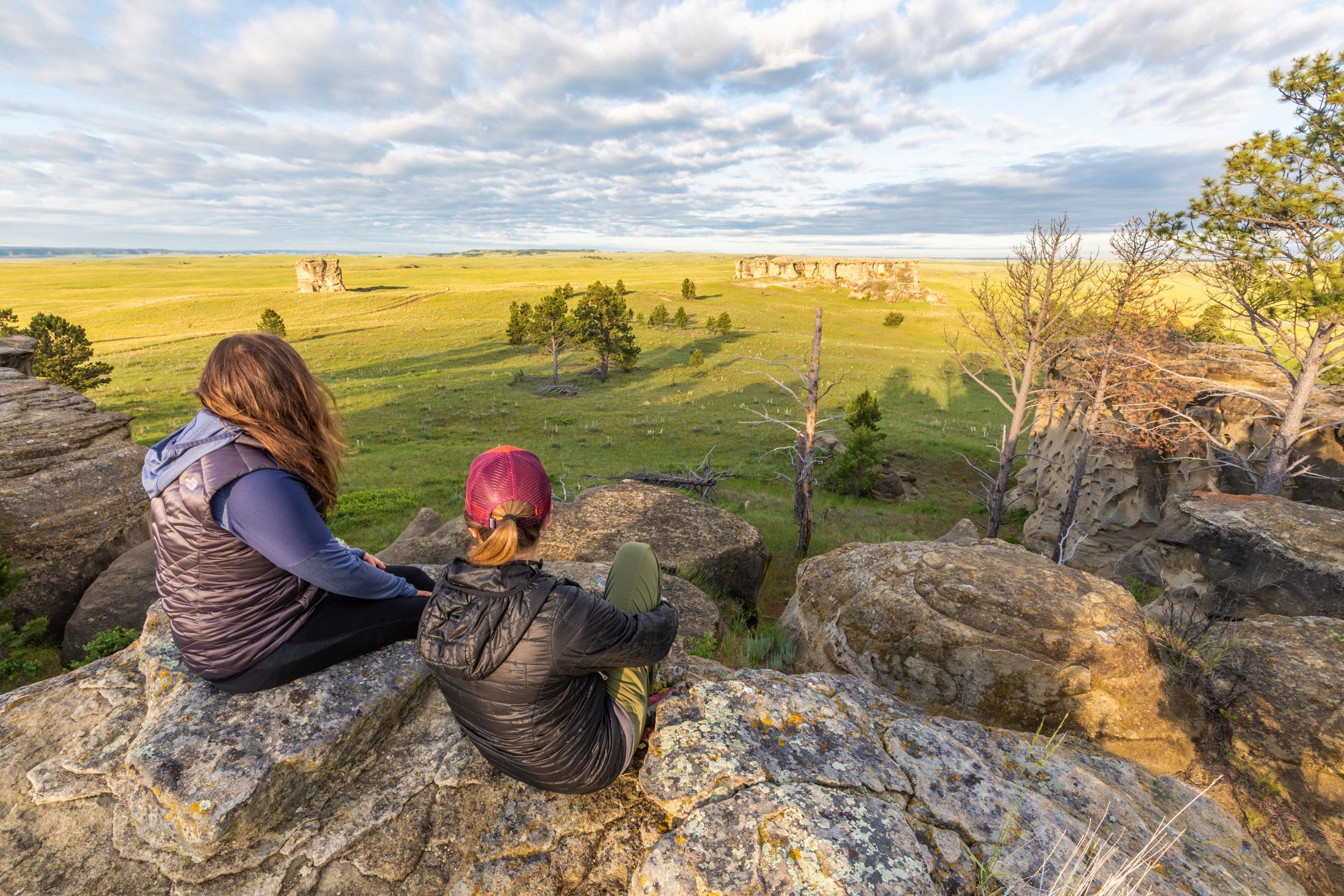Your Guide to Stargazing
With the right timing, you can wish upon a shooting star in Southeast Montana. Stargazing is something that can be done almost anywhere, but there are factors that make certain times and places better than others. Montana is known for its beautiful big sky, particularly its night sky. Follow our tips on how you can get the most out of your stargazing adventure.
Tips for the Best Experience
The best time to stargaze is just before, during or after a new moon, when the sky is at its darkest due to lack of moonlight. When a full moon is visible, it's more difficult to see stars, but when the moon is between the Earth and sun (a new moon), it reflects less light than usual. This makes for darker skies, which means you're likely to see more stars, meteors and possibly even the Milky Way.
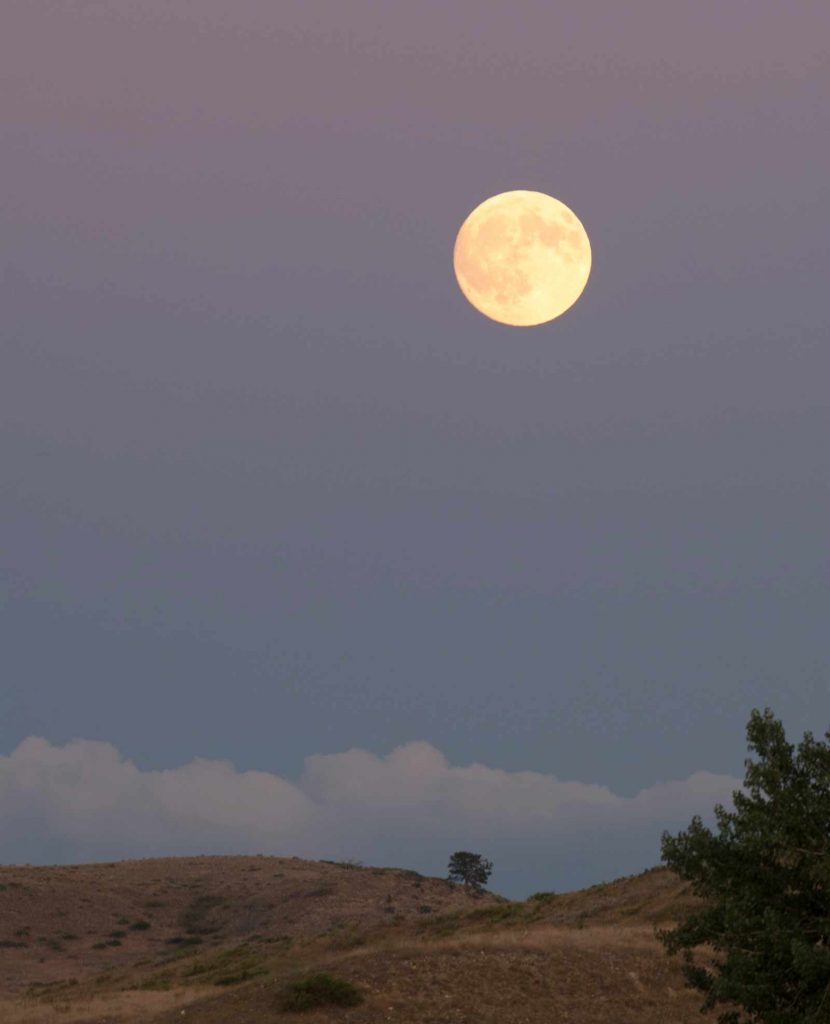
To get started, you'll want to check the lunar calendar. New moons occur every 29.5 days, but they're not always visible from Earth. During the first and third quarters of the moon (when it's waxing or waning), new moons aren't visible because they happen during those times when our planet is facing away from them in space.
For even darker skies than those offered by just a lunar calendar, consider visiting an area away from artificial lights. Streetlights, car headlights and even campfires can all affect how clearly you see constellations in the sky.
When and Where to Go
One great thing about stargazing is that it can be done all year around. Serious astronomers prefer autumn and spring because it gets darker sooner and the nights are darker for longer. Cloud cover can dampen your ability to see the stars, so check the weather forecast before you go.
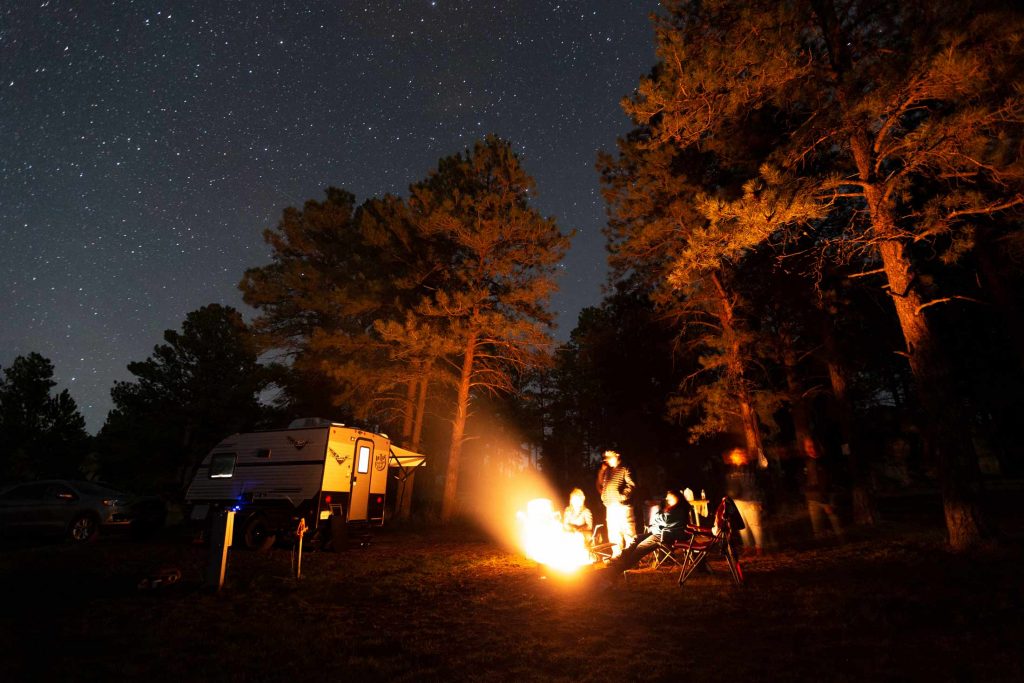
In Southeast Montana, there are several public spaces open for camping and stargazing. Our state parks and BLM land (Bureau of Land Management) offer quality dark and quiet spaces for night sky viewing. Check out Montana’s Trail to the Stars for a map of the best stargazing destinations in Central and Eastern Montana.
One destination along Montana’s Trail to the Stars, Medicine Rocks State Park, has been designated as an International Dark Sky Sanctuary—the darkest of dark sky destinations. An IDA Dark Sky Sanctuary is public or private land that has an exceptional or distinguished quality of starry nights and a nocturnal environment that is protected for its scientific, natural, or educational value, its cultural heritage and/or public enjoyment. We love Medicine Rocks State Park for its pristine dark skies, plus it’s cool place during the day, nestled along the rolling prairies of Montana’s eastern edge. We promise you will love with this remote, mystical place of “big medicine.”
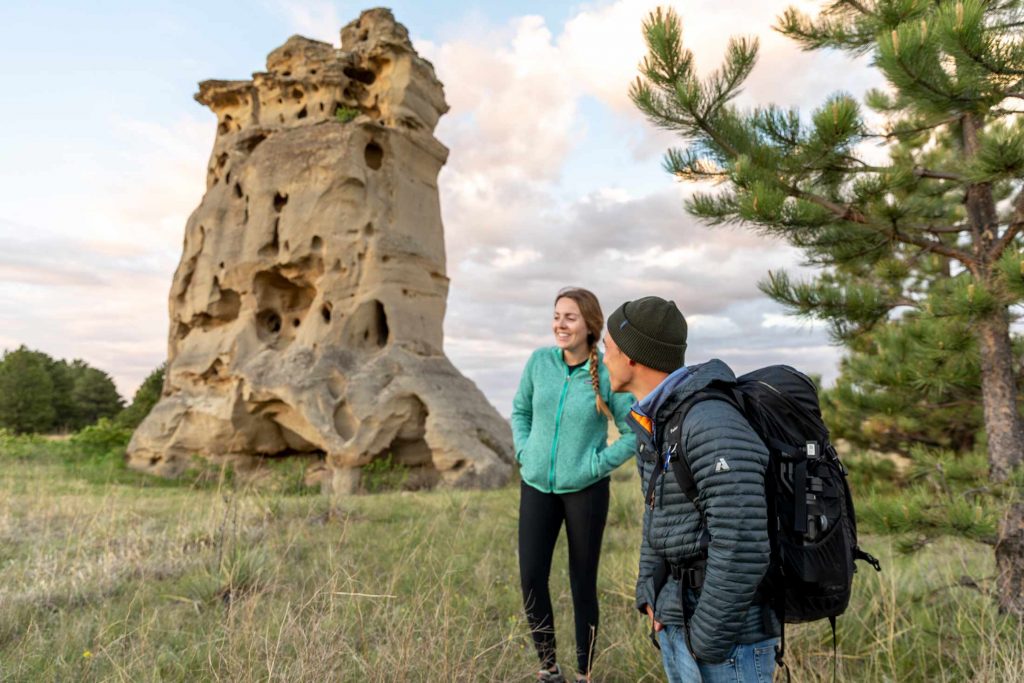
Your Stargazing Packing List
- Pack a red-light flashlight - Using a low intensity red or green light allows your eyes to acclimate faster to the darkness than a white light illumination (like normal flashlight).
- Binoculars - As a beginner, it’s not necessary to purchase an expensive telescope to see the stars, but a visual aid like binoculars can help give you a closer look into deep space objects.
- Warm clothes - Even in summer, Montana nights can be brisk.
- Thermos of hot cocoa. For obvious reasons.
Astrological Events
Plan your night sky viewing around new moons and meteor showers to make the most out of your experience (see astronomical calendar here). Check out other dark sky programming at Makoshika State Park and Medicine Rocks State Park/Carter County Museum.
More from our blog:
